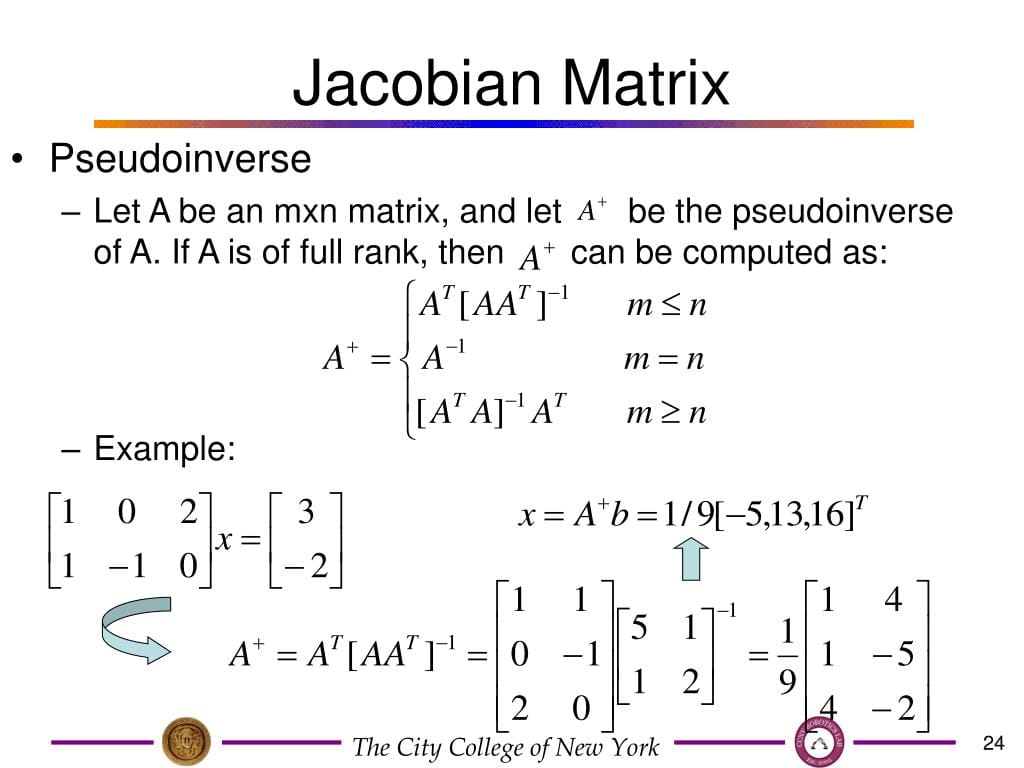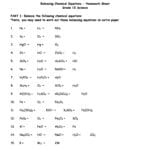Welcome to our comprehensive guide on Jacobian calculators! This guide will walk you through everything you need to know, from the fundamental concepts to practical applications, empowering you to tackle multivariable calculus with confidence.
Understanding the Jacobian: What it is and Why it Matters
Before we dive into using a calculator, let’s establish a clear understanding of what a Jacobian matrix and determinant are and why they’re important. Imagine tweaking multiple dials on a complex machine. You’d likely want to know how each adjustment affects the overall output. The Jacobian matrix acts like a detailed instruction manual, showing precisely how changes in each “dial” (variable) influence each part of the “output” (another set of variables). This “map” of change is essential for solving systems of equations with multiple variables.
The Jacobian determinant, derived from this matrix, is a single number that summarizes crucial information about the function’s behavior. It measures how areas or volumes are scaled during transformations. For example, imagine stretching a rubber sheet. The Jacobian determinant tells you how much the area of a small patch on the sheet changes due to the stretching.
Why are Jacobians so important? They play a crucial role in several areas:
- Change of Variables in Multiple Integrals: Switching from rectangular to polar coordinates? The Jacobian determinant ensures accuracy by adjusting the integral to account for the coordinate change.
- Implicit Function Theorem: The Jacobian determinant helps determine if it’s possible to solve for one variable in terms of others in implicitly defined equations. This is like untangling a knot to see if you can isolate one strand.
- Stability Analysis: Imagine a pendulum swinging. The Jacobian matrix can predict whether it will settle down or continue oscillating wildly, offering insights into system stability.
Taming the Beast: How Jacobian Calculators Simplify Multivariable Calculus
Calculating Jacobians by hand can be tedious and error-prone, especially with multiple variables. Jacobian calculators automate this process, freeing you to focus on interpreting the results rather than getting bogged down in calculations. They’re like having a mathematical assistant that handles the heavy lifting.
Jacobian Calculators: Your Multivariable Calculus Sidekick
These calculators come in various flavors:
| Type of Calculator | Description |
|---|---|
| Two-Variable Calculator | Handles functions with two input variables (e.g., x and y). |
| Three-Variable Calculator | Deals with functions involving three input variables (e.g., x, y, and z). |
| General Calculator | Can handle functions with any number of variables, including the popular 2 and 3 variable functions, and offering flexibility for more complex systems. |
Using a Jacobian Calculator: A Streamlined Approach
- Identify Your Variables: Determine the number of input variables in your function. This dictates the type of calculator you need.
- Enter Your Functions: Input each component function that defines your “output” variables. Be precise!
- Hit Calculate: Let the calculator do its magic. It will generate the Jacobian matrix and often its determinant.
Step-by-Step Guide: Calculating Jacobians with a Calculator (2 & 3 Variables)
Let’s get hands-on and walk through the process step-by-step.
Finding Partial Derivatives: A partial derivative examines how a function changes when only one variable is tweaked at a time, while holding others constant. For f(x,y), you’ll need ∂f/∂x and ∂f/∂y. For f(x,y,z), you’ll need ∂f/∂x, ∂f/∂y, and ∂f/∂z.
Constructing the Jacobian Matrix: Arrange the partial derivatives in a matrix. Two variables result in a 2×2 matrix; three yield a 3×3. Each entry corresponds to a specific partial derivative.
| | x | y | z (if applicable) |
|------------------|----------------------|-----------------------|----------------------|
| First Function | ∂(first function)/∂x | ∂(first function)/∂y | ∂(first function)/∂z |
| Second Function | ∂(second function)/∂x| ∂(second function)/∂y | ∂(second function)/∂z |
| Third Function (if applicable) | ∂(third function)/∂x | ∂(third function)/∂y | ∂(third function)/∂z |Calculating the Determinant: The determinant quantifies how the transformation scales area or volume. The calculation method depends on the matrix size (2×2 or 3×2). For a 2×2 matrix: (ad – bc). For a 3×3, it’s a bit more involved, but still involves basic arithmetic.
Using a Jacobian Calculator: Input your function and the number of variables. The calculator will output the Jacobian matrix and its determinant.
Real-World Applications: Jacobians in Action
Jacobian matrices and determinants are powerful tools with practical applications across diverse fields:
- Robotics: Controlling robotic arm movement relies on the Jacobian to translate joint speeds into the overall motion of the arm.
- Computer Graphics: Creating realistic visuals in video games and simulations often involves using Jacobians to map images and textures onto complex 3D surfaces. You can learn more about similar concepts, such as the hirsch funnel, which explores how ideas spread.
- Machine Learning: Training algorithms, especially in deep learning, uses Jacobian matrices to optimize models by calculating gradients, which indicate the direction of steepest ascent towards better performance.
- Fluid Dynamics: Understanding fluid flow behavior, from weather patterns to aircraft design, relies on the Jacobian to analyze changes in fluid velocity and density.
- Economics: Modeling complex economic systems uses Jacobian matrices to explore the ripple effects of changes in one economic sector on others.
Choosing the Right Jacobian Calculator: A Comparative Review
Numerous Jacobian calculators exist, each with its own strengths and weaknesses. Choosing the right one depends on your needs.
| Calculator Name | Key Features | Potential Limitations |
|---|---|---|
| eMathHelp | Step-by-step solutions, symbolic input | Might be limited in the number of variables it handles |
| Calculator Online | Handles 2 and 3 variables, calculates determinant | May not offer visualizations |
| Wolfram | Alpha | Dedicated Jacobian determinant calculator, two-variable widget |
| ccalculators.co.uk | Jacobian matrix calculator | May not provide step-by-step solutions |
| limitcalculator.online | Computes Jacobian matrix and determinant | Features and interface may evolve |
Consider these factors when making your choice:
- Input Method: Symbolic (e.g., “x^2 + 2xy”) or graphical.
- Output Format: Clarity and accessibility of the Jacobian matrix and determinant presentation.
- Visualization Options: Visual representations of the Jacobian’s effect.
- Step-by-Step Solutions: Helpful for learning.
- Software Integration: Seamless workflow with other math software.
Conclusion: Embracing the Power of Jacobians
Jacobian matrices and determinants are indispensable tools in multivariable calculus and its applications. While the underlying concepts can be complex, Jacobian calculators simplify the process, making these powerful tools accessible to a wider audience. By understanding how to use these calculators effectively, you’ll be well-equipped to tackle complex problems and gain valuable insights into the dynamics of multivariable systems. Remember, like any tool, the effectiveness of a Jacobian calculator is maximized when used in conjunction with a solid understanding of the underlying mathematical principles. Ongoing research suggests that our understanding of Jacobians and their applications is constantly evolving, so continuous exploration and learning are key to fully harnessing their potential.









